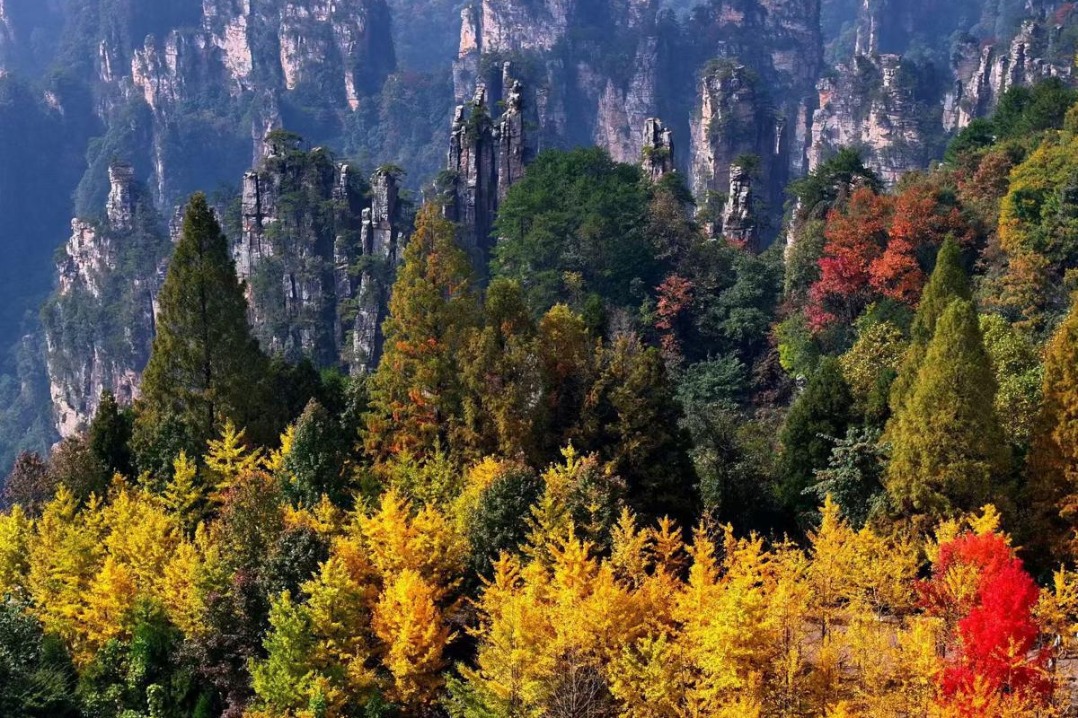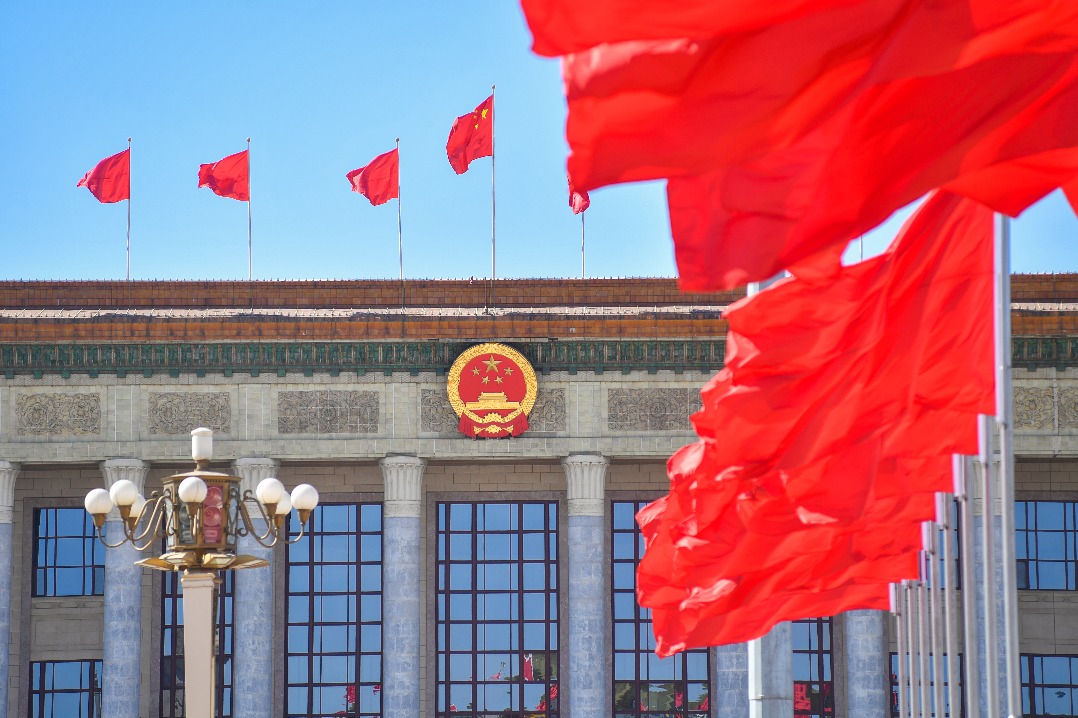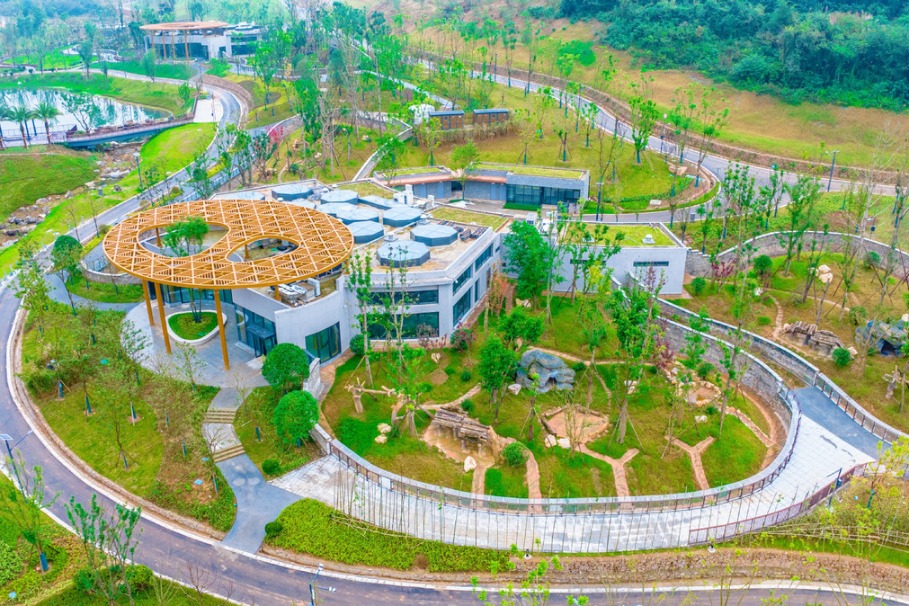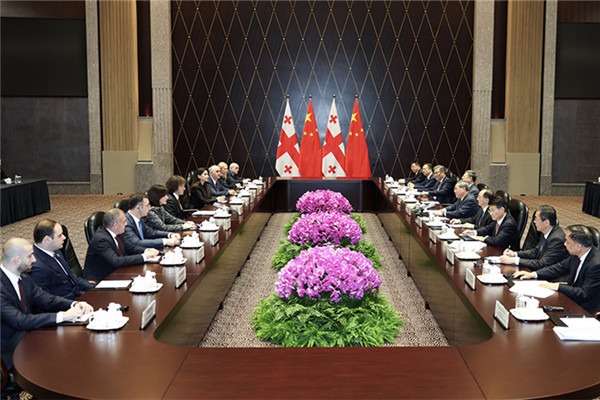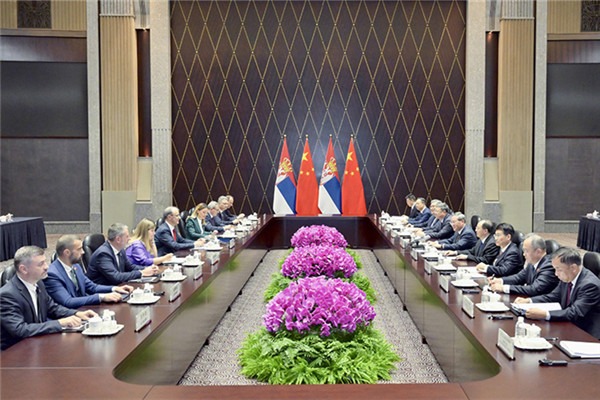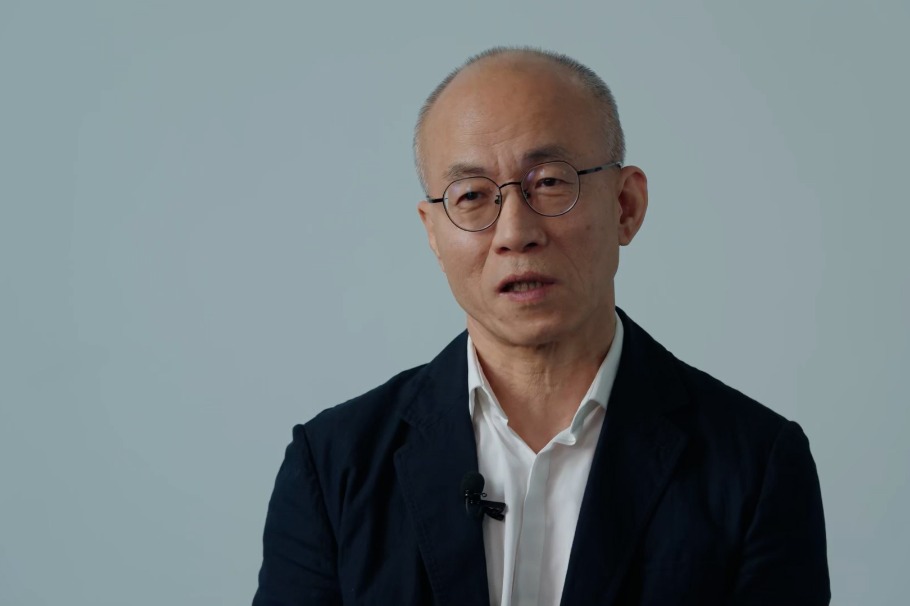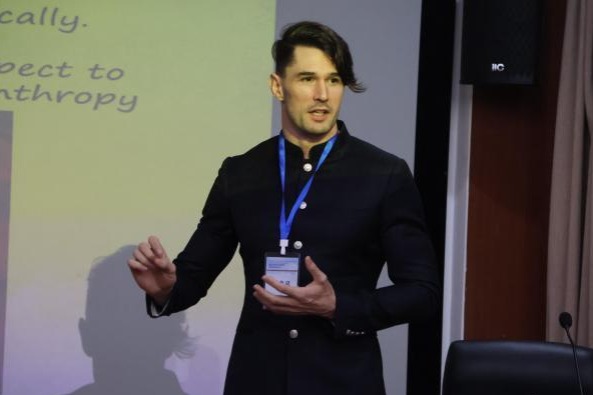Participation of public key in sustainable protection


Ding Wenguang, counselor of the Gansu provincial government, professor at Lanzhou University, and founder and chairman of the Gansu Yishan Yishui Center for Environmental and Social Development, answers questions from China Daily.
What is "community participation" as mentioned in the plan for the Qilian Mountain National Park Pilot Project?
The construction of Qilian Mountain National Park emphasizes co-construction, co-governance and shared benefits among local communities. As a vital form of public involvement, community participation grants local residents the right to contribute to the park's development and enjoy the distribution of benefits. It focuses on connection rather than separation, integration rather than opposition and co-construction rather than exclusive ownership, which facilitates the transformation of traditional production methods and lifestyles, the sustainable development of communities, and the harmonious relationship between humans and nature.
What are the characteristics of the community co-governance project implemented in the Qilian Mountain National Park?
First, the project actively explores diversified community co-governance models. Given the vast region of Qilian Mountain National Park, with its varied natural landscapes, diverse ethnic cultures and rich, traditional ecological knowledge, the park's Zhangye branch is exploring various community co-management models tailored to these different features, aiming for a unique model for each community in the future.
Second, it explores co-governance models involving the whole society, including local residents, social organizations and the international community. Upholding an open, cooperative and inclusive development philosophy, the Zhangye branch has established volunteer firefighting teams in the local community and regularly conducts fire prevention and extinguishing training and drills, transforming local residents into key protectors of the ecological resources.
What channels are available for residents within the national park to participate in the management, decision-making and benefit-sharing of the nature reserve?
Eco-tourism. The national park should actively explore eco-tourism and train local herders as eco-guides. With a reasonable management system, this approach can reduce costs and provide incomes for herders, while making full use of the park's high-quality natural resources.
Community co-management. This means that the national park management agency collaborates with local governments, villagers, communities and environmental organizations in ecological protection, resource management and decision-making processes, representing a people-centered management philosophy. It not only aids in achieving conservation goals, but also promotes community development, enhances management efficiency, and fosters the sense of belonging and participation.
Ecological compensation. This includes providing direct financial compensation to communities that suffer economic losses due to development restrictions in the protected area, promoting ecotourism to boost residents' incomes, supporting sustainable agricultural practices with relevant training, and setting up ecological monitoring systems to assess the effectiveness of these measures.
Alternative livelihoods. This refers to sustainable economic activities provided to local communities in tandem with ecological protection or resource management efforts, replacing traditional livelihoods that are harmful to the environment or unsustainable.
- Haikou intl airport launches new 24-hour direct transit policy
- China-Laos international passenger line launched
- Beijing receives climate award at COP30 Local Leaders Forum
- Natl fire safety month promotes public safety awareness, risk prevention
- China reforms research review to boost young university staff
- Chinese researchers find freshwater snail species missing for nearly a century
















